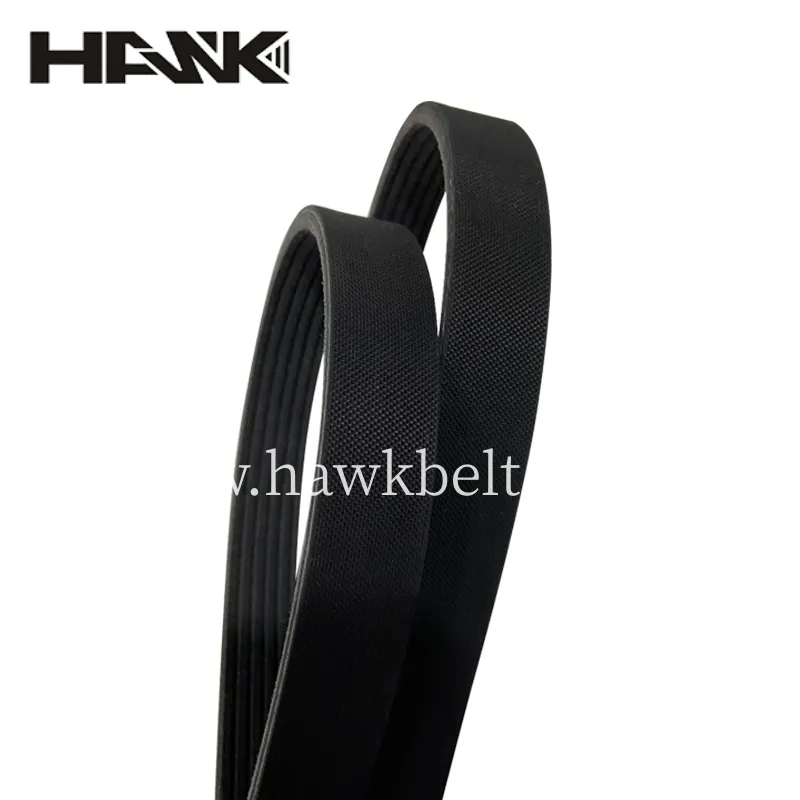- Arabic
- French
- Russian
- Spanish
- Portuguese
- Turkish
- Armenian
- English
- Albanian
- Amharic
- Azerbaijani
- Basque
- Belarusian
- Bengali
- Bosnian
- Bulgarian
- Catalan
- Cebuano
- Corsican
- Croatian
- Czech
- Danish
- Dutch
- Afrikaans
- Esperanto
- Estonian
- Finnish
- Frisian
- Galician
- Georgian
- German
- Greek
- Gujarati
- Haitian Creole
- hausa
- hawaiian
- Hebrew
- Hindi
- Miao
- Hungarian
- Icelandic
- igbo
- Indonesian
- irish
- Italian
- Japanese
- Javanese
- Kannada
- kazakh
- Khmer
- Rwandese
- Korean
- Kurdish
- Kyrgyz
- Lao
- Latin
- Latvian
- Lithuanian
- Luxembourgish
- Macedonian
- Malgashi
- Malay
- Malayalam
- Maltese
- Maori
- Marathi
- Mongolian
- Myanmar
- Nepali
- Norwegian
- Norwegian
- Occitan
- Pashto
- Persian
- Polish
- Punjabi
- Romanian
- Samoan
- Scottish Gaelic
- Serbian
- Sesotho
- Shona
- Sindhi
- Sinhala
- Slovak
- Slovenian
- Somali
- Sundanese
- Swahili
- Swedish
- Tagalog
- Tajik
- Tamil
- Tatar
- Telugu
- Thai
- Turkmen
- Ukrainian
- Urdu
- Uighur
- Uzbek
- Vietnamese
- Welsh
- Bantu
- Yiddish
- Yoruba
- Zulu
Aug . 12, 2024 15:56 Back to list
Understanding the Importance and Maintenance of Timing Belts in Automotive Engines for Optimal Performance
Understanding the Importance of Timing Belts for Cars
A timing belt is a crucial component in the engine of a car, responsible for synchronizing the rotation of the crankshaft and camshaft. This synchronization ensures that the engine's valves open and close at the correct times during each cylinder's intake and exhaust strokes. Given its vital role in the functioning of an engine, understanding the timing belt’s importance, maintenance, and replacement is essential for any car owner.
What is a Timing Belt?
The timing belt is a rubber or reinforced polymer belt that includes teeth that grip the gears on the crankshaft and camshaft, allowing for precise movement. Unlike a timing chain, which is made of metal and tends to last longer, a timing belt is typically lighter, quieter, and made of materials that can wear down over time. The belt is located behind the engine’s front cover and is usually not visible without disassembling some components.
Why is the Timing Belt Important?
The timing belt plays a crucial role in ensuring the engine runs smoothly. If the timing belt wears out or breaks, the engine can suffer serious damage. In interference engines, a snapped belt can cause the pistons to collide with the open valves, potentially leading to extensive damage that may require a complete engine replacement. Conversely, in non-interference engines, while a broken timing belt will halt the engine’s operation, it typically will not cause internal damage. Regardless, a broken timing belt can leave you stranded and result in costly repairs.
Signs of a Worn Timing Belt
timing belt for cars

Understanding when to replace your timing belt is essential for maintaining your vehicle's health. Common signs that your timing belt may need to be replaced include
1. Engine Noise A ticking noise coming from the engine can indicate that the timing belt is slipping or that its teeth are wearing out. 2. Decreased Performance If you're experiencing a drop in engine performance or difficulty starting your car, it could be due to a failing timing belt. 3. Oil Leaks Oil leaking from the front of the engine might indicate that the timing belt's seals are worn or damaged. 4. Dashboard Warning Lights Some vehicles have warning lights that may signal a problem with the timing belt or related components.
Replacement Schedule
Most manufacturers provide a recommended schedule for timing belt replacement, often between 60,000 to 100,000 miles. However, it is always wise to consult your vehicle’s owner’s manual for specific recommendations. Additionally, if you're unsure about the condition of your timing belt, it is prudent to have it inspected by a qualified mechanic during routine maintenance.
Conclusion
The timing belt is a small but critical component of your car’s engine. Understanding its function and signs of wear can save car owners from significant trouble and costly repairs down the road. Regular maintenance and adherence to the recommended replacement schedule can help ensure that your vehicle runs smoothly and efficiently. Remember, taking care of your timing belt is not just a matter of performance; it significantly impacts the longevity and health of your entire engine. Always consult with a professional mechanic to keep your timing belt in check and ensure your car is in top operating condition.
-
Korean Auto Parts Timing Belt 24312-37500 For Hyundai/Kia
NewsMar.07,2025
-
7PK2300 90916-T2024 RIBBED BELT POLY V BELT PK BELT
NewsMar.07,2025
-
Chinese Auto Belt Factory 310-2M-22 For BMW/Mercedes-Benz
NewsMar.07,2025
-
Chinese Auto Belt Factory 310-2M-22 For BMW/Mercedes-Benz
NewsMar.07,2025
-
90916-02660 PK Belt 6PK1680 For Toyota
NewsMar.07,2025
-
drive belt serpentine belt
NewsMar.07,2025

